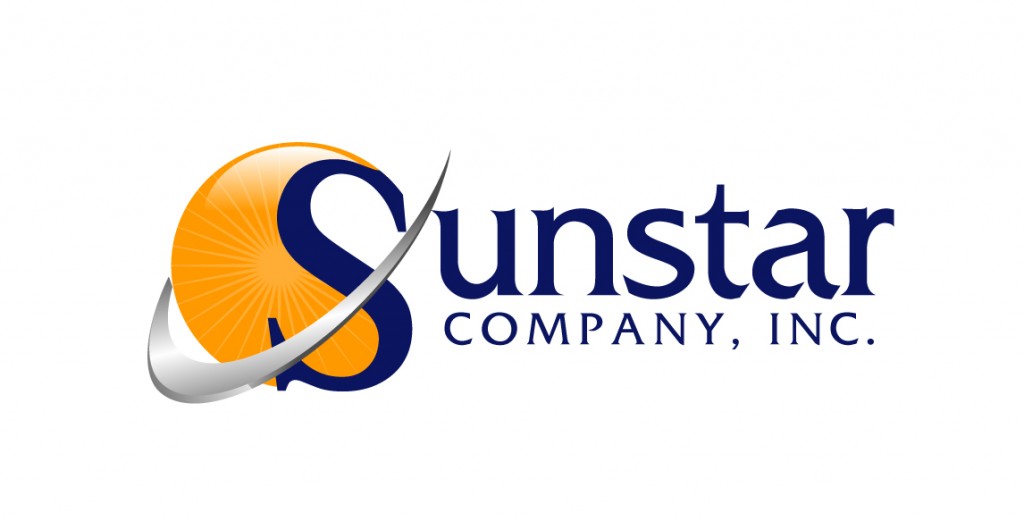The realities of a Big Data world and the advances in tape technology, density, reliability and usability have brought the realization to many that we should not be too hasty to forgo tape.
Tape is returning to some organizations that dumped it a while back.
Look Beyond Backup
Most people think of tape as a medium for backup. While it can serve that function well, it has a far broader function these days. With so much data around, the pressure on backup windows needs to be eased by the establishment of an archive.
“Stop thinking about tape just as a backup solution, and instead think differently about storage of unstructured file content,” said Eric Bassier, Senior Director, Product Management, Quantum. “With new tape innovations like Linear Tape File System (LTFS), storing files on tape is easier than ever, and can be as easy as drag and drop.”
Add a Tape Archive Tier
Just as companies found it relatively easy to add a Tier 0 for flash, it is also fairly straightforward to add a lower tape tier as an archive for the bulk of data.
By adding a tape archive, organizations can maintain their existing storage architecture as is and ease its burden by offloading data that is no longer heavily accessed onto a tape archive. By doing so, they can avoid the heavier price tags typically associated with adding yet another high end disk array.
Evaluate Tape Vendors Against Ease of Use
Some tape systems are relatively easy to implement while others can be a little complex – or at least foreign to those more used to flash and disk. So a smart approach is to include ease of use as a priority criterion when deciding which tape product to implement. Vendors such as Crossroads are coming out with tape technology that is said to be as simple as disk to install and operate, and makes it fast to retrieve from the archive.
Use Tape for Large Files
Current video and high-res images should be stored on disk as they are being accessed and worked on daily. But as soon as they are completed, they need to be moved off high-end production systems.
Tape for Really Big Data
There is big data and then there is Big Data.
presently you can store more than 300 Blu-ray quality movies on one LTO-6 2.5 TB cartridge, in the future, an LTO-10 cartridge will hold over 14,400 Blu-ray movies.
Use Tape to Lower Storage Costs
There is no question that a LTFS-based ‘Tape as NAS will cost significantly less than a disk only solution over a 10-year period.
To learn more about Cost-Effective Storage for Long-Term Data Preservation call Sunstar Company at (800) 663-5523
